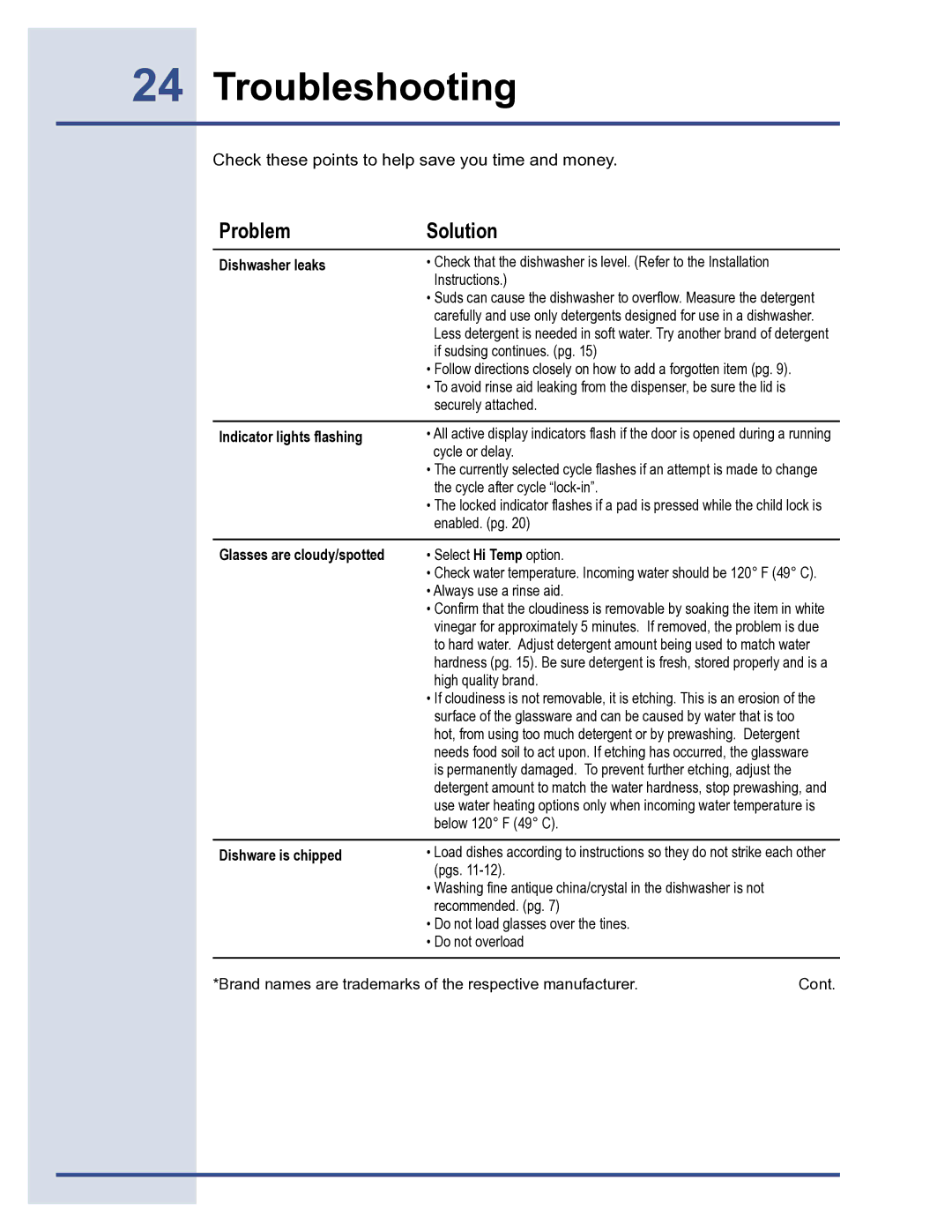6919941 specifications
The Electrolux 6919941 is a versatile and efficient appliance that stands out in the realm of kitchen appliances. Designed to enhance the user experience, this product exemplifies Electrolux's commitment to quality, innovation, and functionality.One of the main features of the Electrolux 6919941 is its powerful motor, which allows for quick and effective performance in a variety of kitchen tasks, from blending smoothies to preparing soups. The motor is designed to provide consistent results, ensuring that ingredients are blended thoroughly and evenly. The appliance comes with multiple speed settings, allowing users to adjust the blending power according to their needs. This flexibility makes it suitable for both delicate tasks and heavy-duty blending.
In addition to its robust blending capabilities, the Electrolux 6919941 is equipped with cutting-edge technology that promotes ease of use. The appliance features a user-friendly interface with intuitive controls, making it accessible for users of all skill levels. Moreover, its sleek design not only adds aesthetic value to the kitchen but also ensures that it is compact enough to fit in various kitchen spaces without taking up excessive room.
The appliance is built with durability in mind, featuring high-quality materials that can withstand daily use. This longevity is further supported by removable components that are dishwasher safe, simplifying the cleaning process and ensuring that upkeep is not a chore.
Safety is also a priority with the Electrolux 6919941. It includes various safety features such as overheat protection and non-slip feet that keep the appliance stable during operation. This concern for user safety enhances the overall confidence one can have when using the product.
Another notable characteristic is its energy efficiency. The Electrolux 6919941 is designed to consume less power while still delivering high-performance results, making it an eco-conscious choice for consumers looking to reduce their energy consumption without compromising on functionality.
In conclusion, the Electrolux 6919941 combines power, efficiency, and user-friendly design, making it an ideal addition to any kitchen. Whether for a novice home cook or a seasoned chef, this appliance caters to diverse culinary needs while promoting safety and ease of maintenance. With its array of features and strong emphasis on quality, the Electrolux 6919941 is an invaluable tool for anyone looking to elevate their cooking experience.

